widespread
Showing 49–60 of 71 results
-

Phleum pratense / timothy
- tight, cylindrical flower head
- probably the most recognizable grass in the Valley
- pink stamens with prodigious pollen production in summer
- bulb at base of stem; brown leaf sheath bases
-

Phlox diffusa / spreading phlox
- low, spreading, moss-like (before blooming)
- flowers 5-petaled, a variety of colors, and with a tube below the petals
- many habitat types incl. mountain slopes, rocky terrain, dry forests or with sagebrush
- blooms in early spring to early summer
- confusable with P. hoodii
-

Phlox longifolia / longleaf phlox
- white or pink to almost rose flowers
- blooms in spring, sometimes through to August
- common on disturbed and undisturbed sites
-
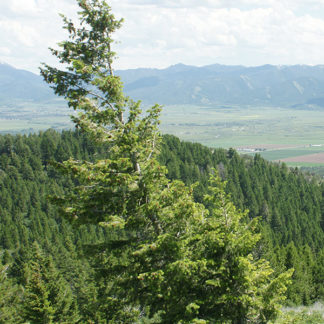
Picea engelmannii / Engelmann spruce
- common, especially in mixed conifer forests
- canopy a narrow spire in young trees, cylindrical in older trees
- sharp, pointy needles, generally "swept" toward branch tips
- needles attached to twigs with woody pegs (sterigmata)
- pendant cones less than 2.5 inches long; thin scales, wavy margins
-
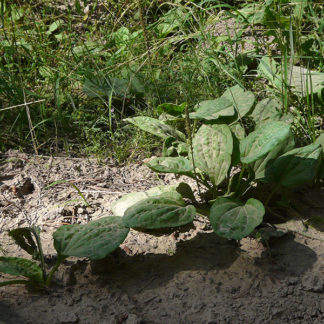
Plantago major / broadleaf plantain
-
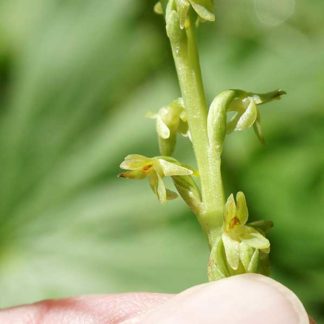
Plantanthera unalascensis / slender-spire orchid
- teeny, green flowers, well-separated, not spiraled
- a "tall, thin, green nothing"
- basal leaves prostrate, but not appressed to the ground
- leaves often wither before pollination occurs
- found in many different habitats
-
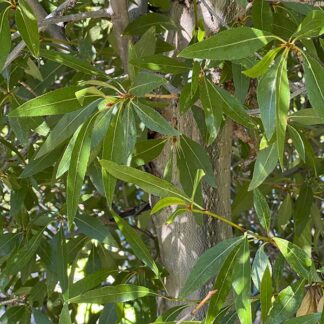
Populus angustifolia / narrow-leaf poplar
- a riparian tree also planted for landscaping
- long, narrow leaves with serrated edges
- furrowed, grey bark on mature trees; smooth and yellow-ish on young trees
- flowers are small, grey catkins in very early spring
- fruits are fluffy white cotton in early-mid summer
-
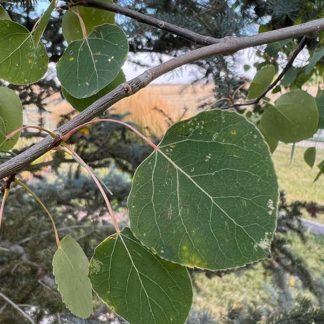
Populus tremuloides / quaking aspen
- white barked, often growing in large clones
- leaves flat with long, flat petiole at 90˚
- leaves quake in even light breezes
- twigs and buds reddish, long and pointed
- catkin flowers in very early spring
- leaves turn yellow or reddish or orange-ish in fall
-

Potentilla gracilis / slender cinquefoil
- yellow, 5-petaled flowers with many stamens
- petals touch or overlap
- leaves with 5-9 toothed, deeply cut lobes
- leaves may be hairy, especially below
- many different exposed habitats
-
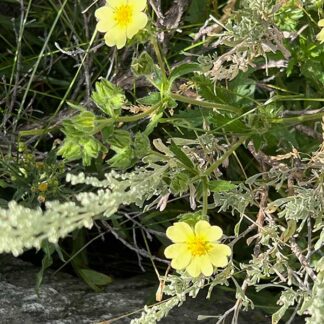
Potentilla recta / sulfur cinquefoil
- perennial
- 8 to 30 stems per plant, each with 1-60 flowers
- petals are light yellow; centers are darker, sulfur yellow
- shiny, erect hairs arise at right angles to the stems.
- leaves are alternate and palmately compound, 5-9 leaflets per leaf
- invades both disturbed and undisturbed habitats
-

Prunus virginiana / western chokecherry
- oval leaves with serrated margins and abrupt taper at tip
- reddish twigs with prominent lenticels
- drooping clumps of white flowers w/ yellow centers in spring
- red to black cherries in fall, up to ½ inch diameter
- leaves turn orange or yellow in fall
-
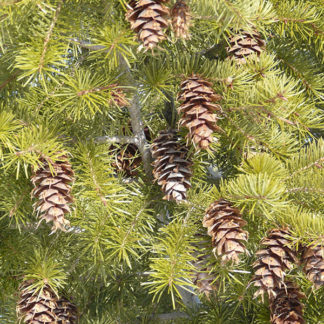
Pseudotsuga menziesii / Douglas fir
- persistent cones with distinctive 3-pronged, "mouse tail", bracts
- semi-pointy, but not stiff or sharp, single needles
- needles attached to twigs by petioles (no pegs)
- oval leaf scars
- twig buds are pointy, "lustrous" brown
Showing 49–60 of 71 results